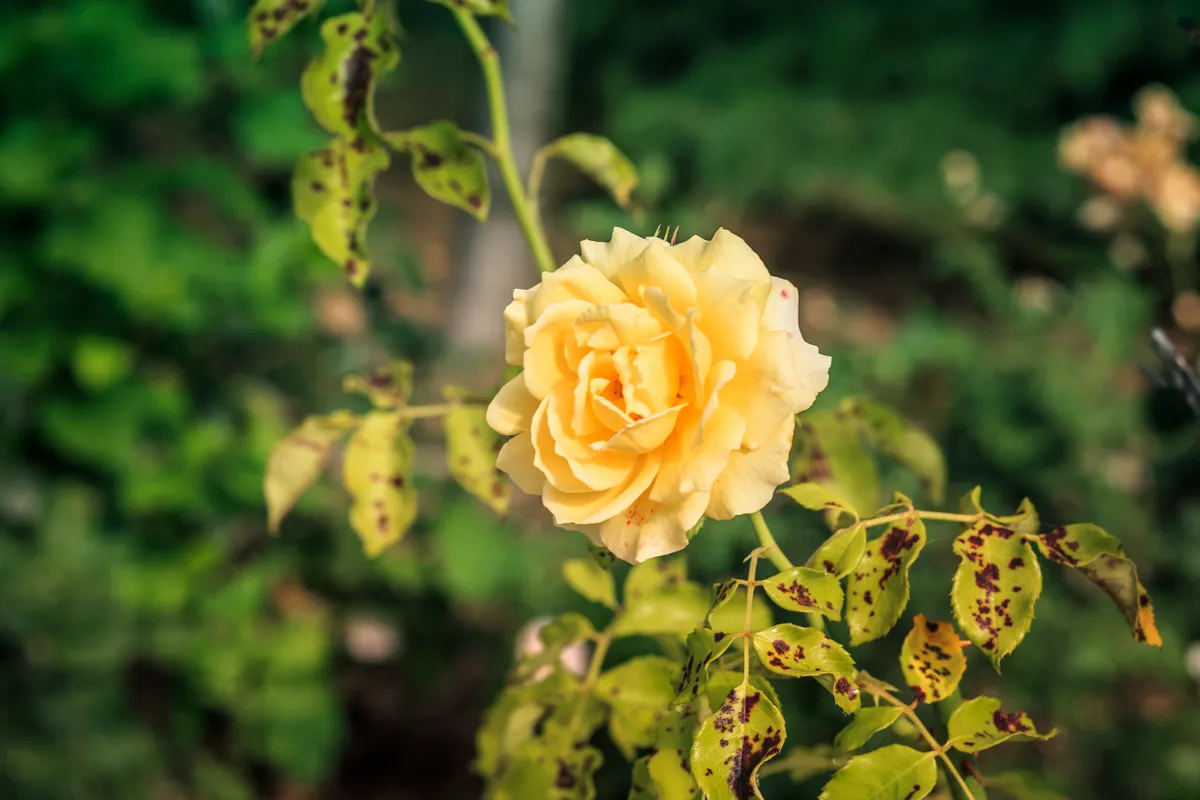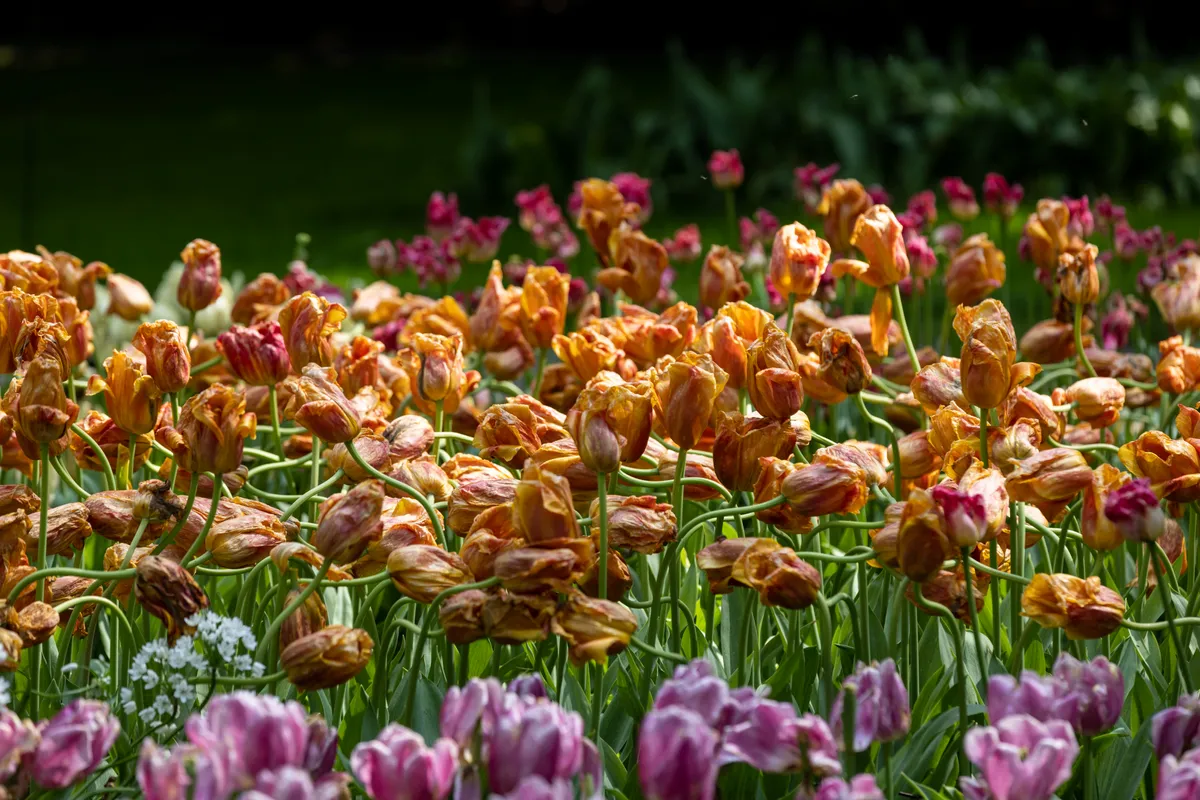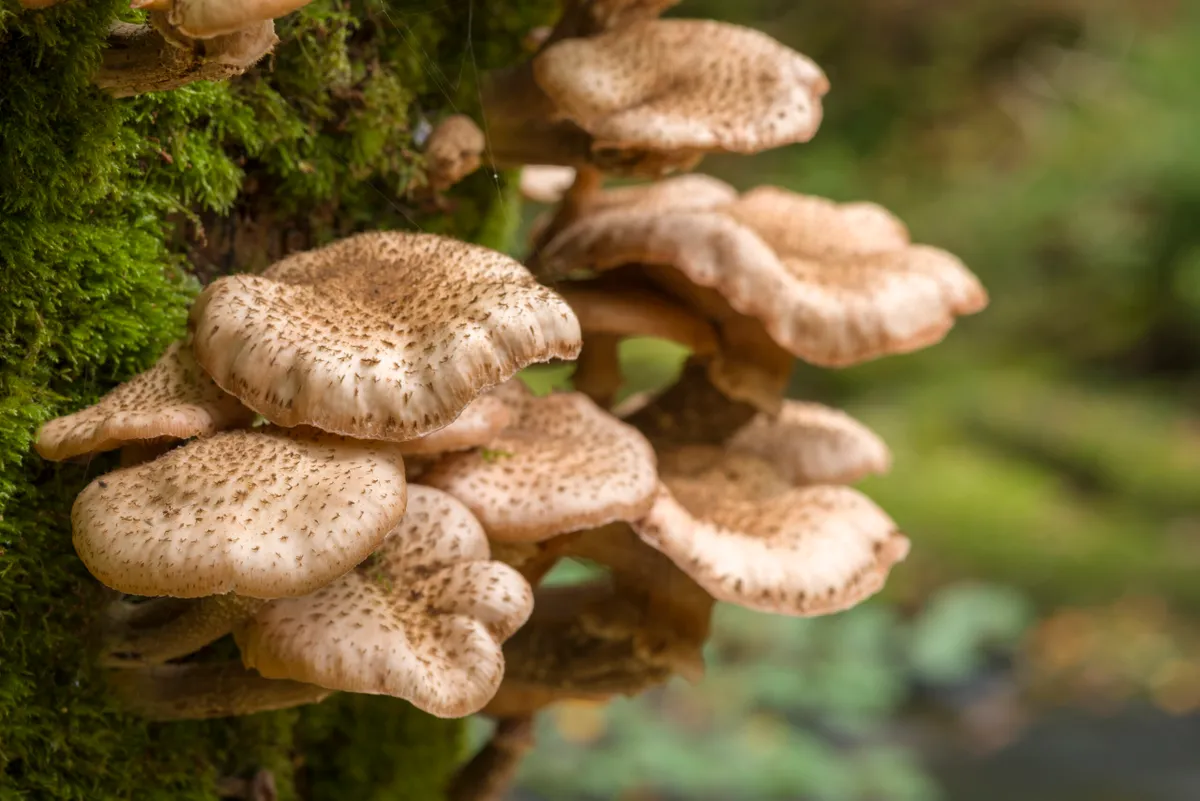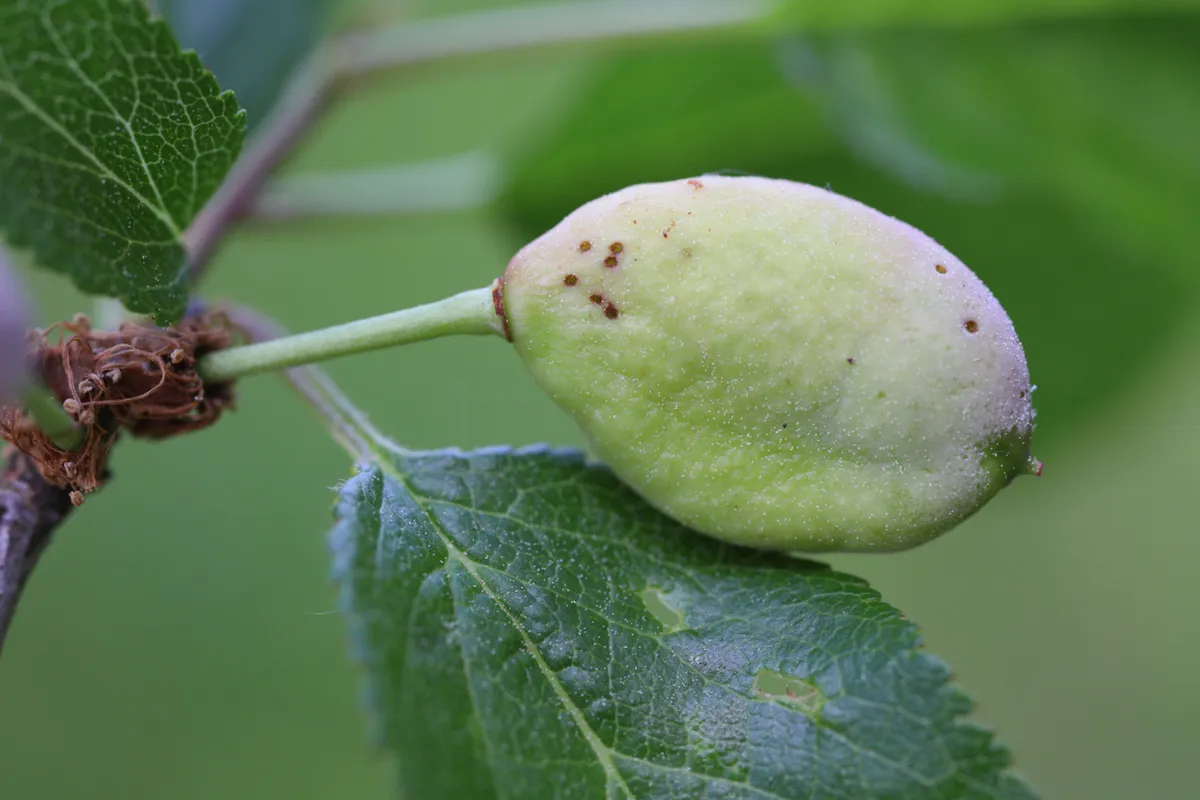A new list of the worst issues to affect gardens in the UK has been released, with several new entrants to the top ten.
The Royal Horticultural Society has published its annual top ten list of the worst diseases encountered by gardeners in 2023, created from the enquiries sent into the RHS advisory service.
You may also like
- Spring jobs at Sissinghurst
- Should we be worried about tulip fire?
- Everything you need to know about tulip fire
- Could your bird feeder be killing your birds?
Fruit trees continue to be a significant source of disease concern for gardeners. In 2023, apples, pears and prunus collectively resulted in over 1,000 enquiries to the service, which is a 50 per cent increase. Wet weather was also the reason for several of the diseases on the list.

Topping the list this year was Honey Fungus, which has been at the same position for 28 years. The fungus uses over 140 garden plants as hosts and the symptoms can include death and failure to flower.
How to stop the spread of Honey Fungus
Four new diseases have appeared on the list for 2023: blossom wilt of fruit trees, pocket plum, tulip fire and slime flux.
Tulip fire has been a continuous issue throughout 2023, with Gardens Illustrated identifying that spring 2023 was a particularly bad year. Some high profile gardens avoided planting tulips in autumn. Sissinghurst Castle Garden was hit particularly badly, and as a result avoided any tulip displays for 2024. Head gardener Troy Scott Smith and his team will not be planting tulips for several years. It's the first time in ten years that Tulip Fire has been on the top ten list.

A wet spring was likely also the reason for pocket plum, which causes elongated, hollow fruits with no stone on plums and damsons. Slime flux colonises trees via their roots, and affects a wide range of trees and shrubs.
To minimise plant disease, the RHS is recommending using lots of mulch, to improve drainage, and to make sure you're pruning out any diseased and damaged growth before it can spread when temperatures are warmer.

Liz Beal, RHS plant pathologist, said: “Unusually wet weather in 2023 had a significant effect on plant health across the UK, with the prevalence of tulip fire and pocket plum demonstrating the impact of prolonged damp conditions.

Gardeners can help combat many of the most common diseases in our ranking by practising good hygiene, keeping tools clean and removing – and safely disposing of - diseased plant material from their gardens.”
The top ten garden diseases for 2023
- Honey fungus
- Apple and pear scab
- Rose black spot
- Pear rust
= Blossom wilt of fruit trees
= Bacterial leaf spot and canker of Prunus - Phytophthora root rots
- Pocket plum – Taphrina pruni
- Tulip fire
- Slime flux
Here's more on how to avoid tulip fire
